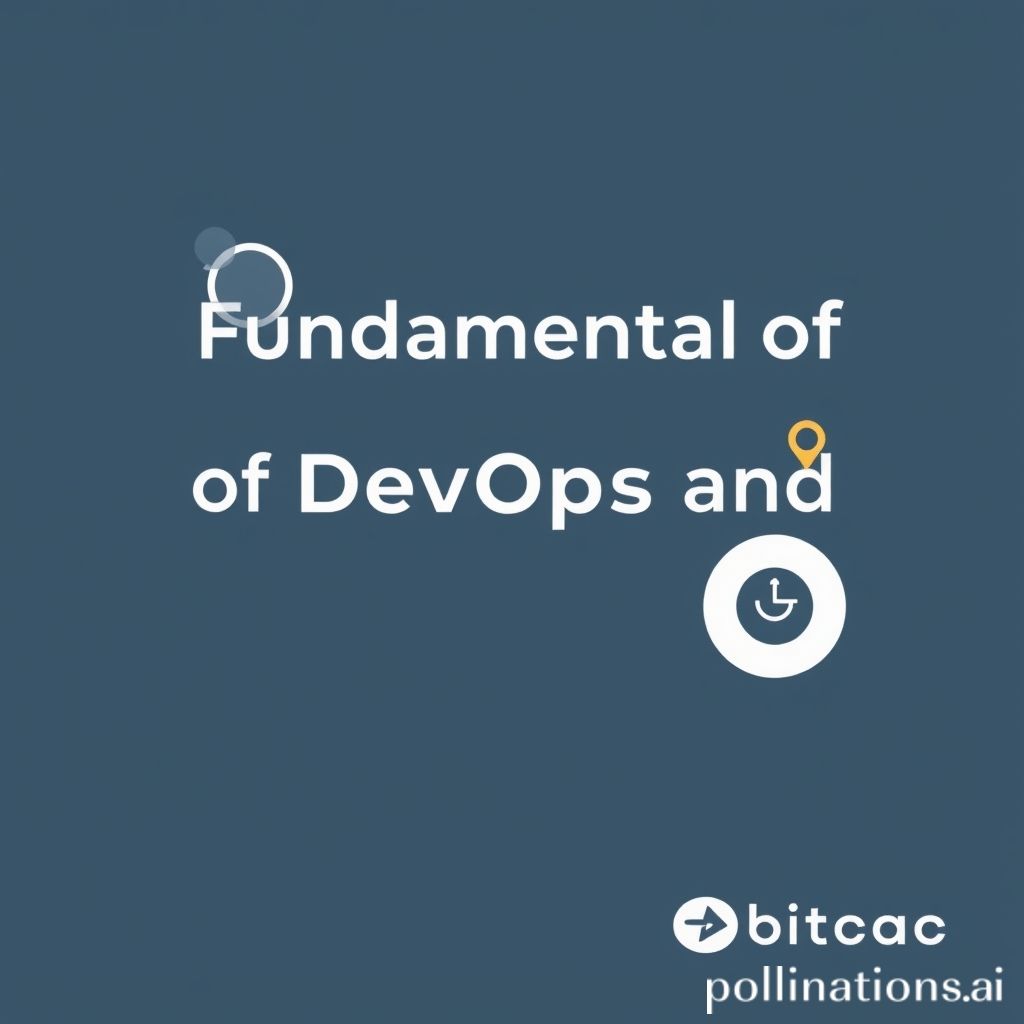
Exploring the Fundamentals of DevOps and Continuous Integration
In today's fast-paced digital landscape, organizations are increasingly adopting DevOps practices to enhance their software development lifecycle. DevOps, a fusion of development and operations, aims to improve collaboration between teams, automate processes, and deliver solutions more efficiently. One vital aspect of DevOps is Continuous Integration (CI), a practice that significantly enhances code quality and project velocity.
What is DevOps?
DevOps integrates development (Dev) and operations (Ops) teams to reduce the time between writing code and deploying it in production. Traditionally, these functions operated in silos, leading to delays and communication barriers. DevOps seeks to eliminate these issues through cultural change and the adoption of specialized tools.
- Collaboration: Encouraging cross-functional teamwork between developers, operations staff, and other stakeholders.
- Automation: Using automated tools to streamline and optimize various phases of software development and deployment.
- Continuous Delivery: Building upon Continuous Integration, it ensures that code changes are always in a deployable state.
What is Continuous Integration?
Continuous Integration is a software development practice where developers frequently merge their code changes into a shared repository. Each integration is automatically verified through automated builds and tests, ensuring that new changes do not break existing functionality.
- Frequent Commits: Developers commit code to the repository multiple times a day, allowing for faster feedback and reduced integration issues.
- Automated Testing: Upon each commit, automated tests are executed to catch bugs early in the development process.
- Immediate Feedback: CI provides immediate feedback to developers, enabling them to address issues proactively instead of after deployment.
The Benefits of DevOps and Continuous Integration
Implementing DevOps and Continuous Integration offers numerous benefits that can transform the software development lifecycle:
- Faster Time to Market: Automated processes and improved collaboration reduce the time required to develop and deploy new features.
- Improved Software Quality: Consistent testing and integration lead to fewer bugs and higher-quality software releases.
- Efficient Resource Utilization: Automation minimizes manual work, allowing teams to focus on innovation rather than repetitive tasks.
- Enhanced Customer Satisfaction: Frequent updates and reliable releases ensure that customer needs are met promptly.
Challenges in Implementing DevOps and Continuous Integration
While the advantages are significant, organizations may face challenges when adopting DevOps and Continuous Integration:
- Cultural Resistance: Changing the mindset and collaboration style of teams can be difficult and may encounter resistance.
- Tool Overload: The vast array of tools available for automating processes can lead to confusion if not properly managed.
- Integration Complexity: Existing systems may be complex, making it challenging to implement CI effectively.
Conclusion
DevOps and Continuous Integration are essential frameworks in modern software development, promoting faster, more reliable, and higher-quality releases. By understanding these fundamentals, organizations can better navigate the complexities of software development and deliver exceptional products that meet stakeholder expectations.
